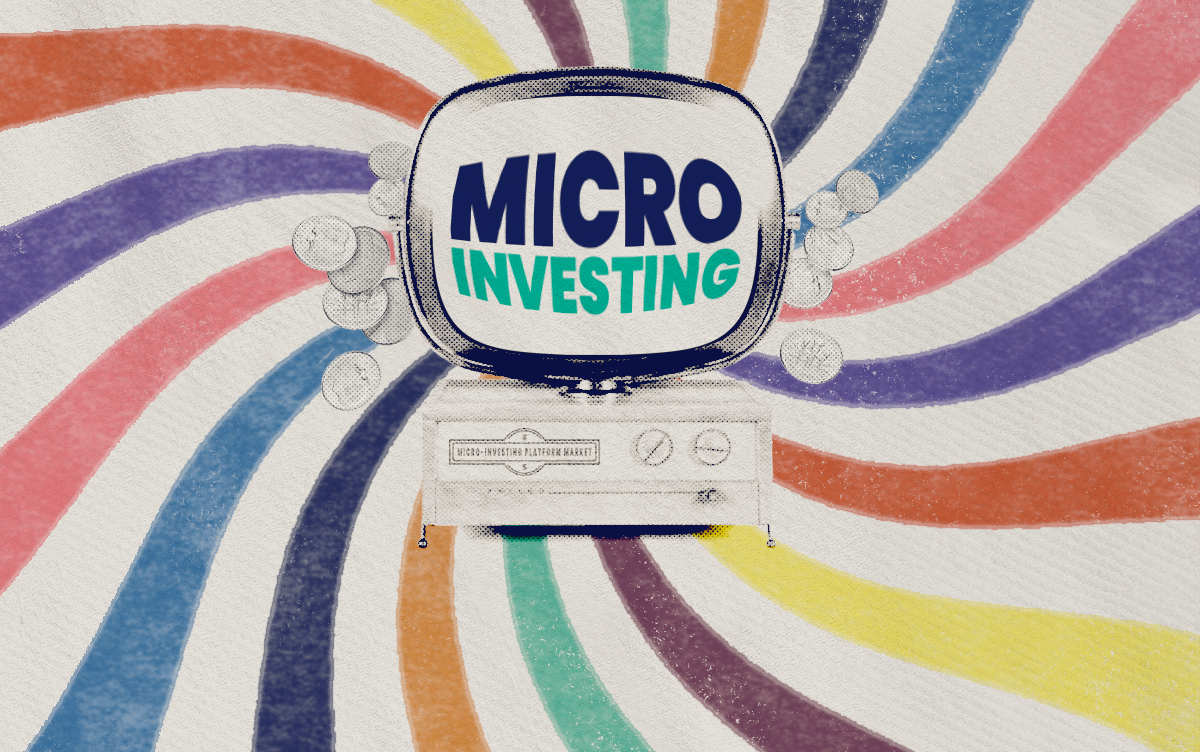Harnessing the Power of Micro-Investing

Micro-investing has become a buzzword in the world of finance, offering a way for anyone to dip their toes into investing with just a few dollars. The micro-investing platform market is not merely expanding; it’s experiencing rapid acceleration. Anticipated to grow at a compound annual growth rate of 21 percent between 2024 and 2034, this market is poised for significant expansion.
Opening up new opportunities, micro-investing allows individuals to start investing with minimal financial commitment. By investing small amounts regularly, you can kickstart your investment journey without the need for significant initial funds. It’s about making finance accessible to everyone, regardless of their financial situation.
If you haven’t already considered micro-investing, now might be the perfect time to explore this option and take the first step towards building your investment portfolio.
How Micro-Investing Works
There are several different ways to engage with micro investments, each with their own set of advantages and considerations. By taking the time to identify the method that works best for your financial goals, you can build a solid foundation for your micro-investment journey.
- Fractional Investing: One of the key features of micro-investing platforms is fractional investing. This allows you to buy a fraction of a share instead of needing enough money to buy a whole share. It’s a great way to get a piece of high-value stocks without needing significant funds.
- Automated Savings and Investments: Micro-investing platforms typically automate the saving and investing process. By linking your debit or credit card, these platforms can round up your purchases to the nearest dollar and invest in the spare change. Alternatively, you can set up recurring investments with small amounts, like $5 daily, weekly, or monthly.
- Diversified Portfolios: The money you save through micro-investing is usually invested in diversified portfolios. These can include exchange-traded funds (ETFs), stocks, bonds, and other financial instruments. Diversification helps spread risk and can lead to more stable returns over time.
Understanding the Pros and Cons of Micro-Investing
Micro-investing has gained popularity as a convenient and accessible way for individuals to start investing with minimal financial knowledge and low initial investments. Let’s explore the pros and cons of micro-investing to understand its potential benefits and drawbacks.
Pros
- Accessibility and Ease of Use: Micro-investing platforms are designed to be user-friendly and accessible to anyone with a smartphone. They eliminate the need for extensive financial knowledge or large initial investments, making it easy for beginners to start investing.
- Building Saving Habits: By automating the process, micro-investing helps you develop the habit of saving and investing regularly. Consistent contributions to your investment accounts can add up to substantial sums over time.
- Overcoming Financial Barriers: With entry points as low as a few dollars, micro-investing is perfect for those who don’t have much money to start with. It’s particularly beneficial for young investors or individuals with limited financial resources.
Cons
- Fees: While micro-investing platforms offer many benefits, they often come with fees that can eat into your investment returns. Be aware of these fees and consider them when choosing a platform.
- Limited Investment Options: Micro-investing apps may offer a different range of investment options than traditional investment firms. This can limit diversification and the potential for higher returns.
- Risk of Loss: As with any investment, there is always a risk of loss. Micro-investing involves the stock market, which can be volatile. Be prepared for market fluctuations and understand that more than micro-investing is needed to achieve long-term financial goals.
These factors should be carefully considered when deciding whether micro-investing is the right approach for your financial goals.
Want to Give it a Try?
Micro-investing apps have gained popularity for making investing accessible to everyone, even those with limited funds. Here are some of the best micro-investing apps based on the information available:
- Acorns: Good choice for more hands-off investing.
- Robinhood: It is considered the best micro-investing app for more experienced investors who prefer an active, self-directed approach.
- Webull: This app is known for free stock/ETF trading and high 5% interest on uninvested cash, making it one of the best micro-investing apps in 2024.
- Stash: Stash is recommended for beginners who want to be hands-on and learn the ins and outs of investing. It has flat monthly fees starting at $3/month, and there are no additional trading fees or commissions.
These apps offer a range of features and cater to different investment styles and experience levels. When choosing a micro-investing app, it’s important to consider factors such as fees, investment options, educational resources, and the level of control desired over investments.
Micro-investing democratizes access to financial markets, allowing individuals to start investing with minimal capital. By automating the process and offering fractional shares, these platforms make it easy to build a diversified portfolio and develop good financial habits. However, it’s essential to be aware of the associated fees and risks and to use micro-investing as part of a broader financial strategy.
Understanding how micro-investing works and leveraging its benefits can help you take the first steps toward growing your wealth and achieving financial security. By being aware of potential drawbacks, you can make informed decisions and navigate the world of micro-investing more effectively.
For more financial tips and marketing strategies, check out our other articles here.
The information provided in this blog is for informational purposes only and should not be considered financial advice. HIFI is a marketing agency and not a licensed financial advisor. Always consult with a qualified financial advisor or professional before making any financial decisions. HIFI is not responsible for any financial decisions made based on the content of this blog.
Like what you're reading?
Sign up for our Financial Experience Newsletter.
